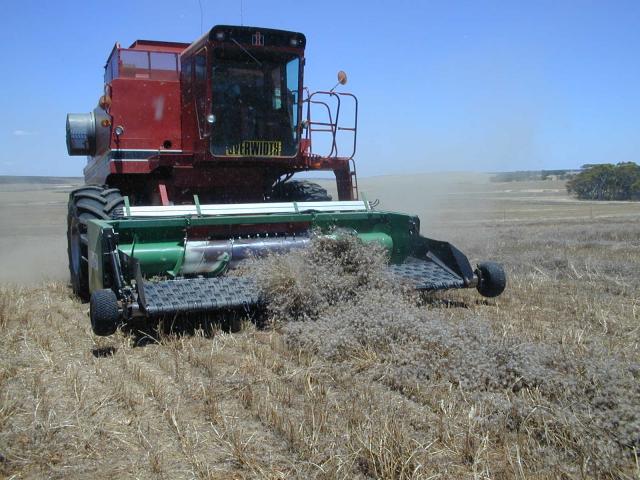Disease and pest tolerance
Sothis is very susceptible to clover scorch (Kabatiella caulivora) and should not be grown where this disease commonly occurs. However, the main target environment for this cultivar is the low to medium rainfall wheatbelt where clover scorch is unlikely.
Sothis is also very susceptible to chocolate spot (Botrytis fabae) and grey mould (Botrytis cinerea) and it should not be grown before or after grain legume crops. Second year pastures will be at greatest risk.
Field observations have indicated similar sensitivity to redlegged earth mite at the seedling stage as subterranean clover. The cultivar is sensitive to both cowpea and blue green aphids. Lucerne flea has been observed to be less damaging in spring on Sothis than in subterranean clover. Normal control precautions for pasture legumes should be taken for each of these pests.
Herbicides
Herbicide trials at Northam indicate that Sothis is sensitive to many of the more common broadleaf herbicides, including Bromoxynil, Tigrex®, Spinnaker®, Raptor® and Broadstrike®. There are currently no broadleaf herbicides registered for use on eastern star clover. Grass weeds can be safely controlled with grass selective herbicides.
Seed harvesting
Seed of Sothis can be harvested with modified grain harvesters. The seed sheds from the plants and the timing of harvest is critical. Best results are obtained when the crop is swathed, ensuring even drying and minimal seed shedding. Botrytis can be carried in the seed so diseased crops should not be harvested.
Production and marketing
Sothis is a public variety and can be freely bought and sold.

